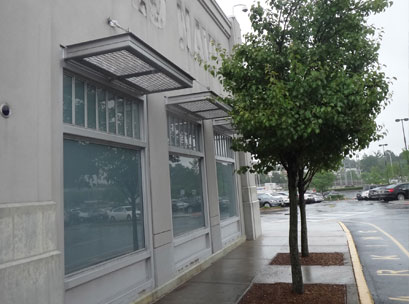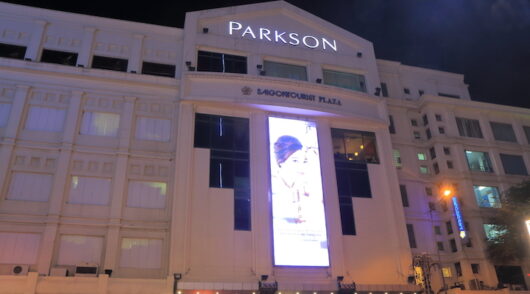Nothing is quite so desolate as a dead or dying shopping mall.
Once a buzzing hive of commerce and community, it can feel eerily and uncomfortably empty… as if you’re not supposed to be there.
When vacancy rates get too high, a once living, breathing shopping centre can quickly turn into a ‘zombie mall’; the walking dead.
Dead malls are reaching epidemic proportions in the US in particular (and equally dead high streets are rife in the UK).
In December last year, noted venture capitalist, Jeff Jordan, wrote an insightful blog post entitled ‘The Death of the American Shopping Mall’ on The Atlantic Cities website.
Jordan pointed out that around 200 regional malls in the US have vacancy rates of 35 per cent or more, and that, according to Green Street Advisor, 10 per cent of the roughly 1000 large malls in the US will fall over in the next decade (perhaps literally as well as metaphorically).
Jordan also memorably quoted Daniel Hurwitz from value centre owner, DDR, who said of the industry, “I don’t think we’re overbuilt, I think we’re under demolished”.
Website, deadmalls.com, documents the demise. Started in 2000, the site is a digital cemetery of almost 300 dead or dying malls.
Co-founders and self styled retail historians, Peter Blackbird and Brian Florence, have become infamous in the retail and shopping centre industries in the US, and owners of malls listed fight hard to get their properties removed from the site. (You can see the dynamic duo in action in a scene from the documentary, Malls R Us.)
It’s tempting to say that sickly centres must be a direct result of structural change in retail: the stratospheric rise of online, and the crumbling of bricks and mortar.
While the increase in e-commerce has certainly hastened the demise of some American malls, it’s not the root cause.
The real reason is too much space, and too little relevance.
The space issue is somewhat specific to the US. But relevance, or the lack of it, is a universal problem.
When retail loses relevance, shoppers switch off and go elsewhere, be that online or off.
Centres need to work harder than ever to maintain a connection with customers, and that means constantly refreshing and reinventing.
My research in the last few years has found that there are four secrets to survival, and it focuses on newness:
1. New architecture/environments“The days of the beige bland box are dead,” as a leader in the Australian shopping centre industry said at a lunch I attended recently.
2. New anchors Department stores and discount department stores are being replaced by technology stores like Apple (and soon Microsoft and Google) as the new drawcards.
3. New formatsInnovative fresh food offers and restaurants rank highly on the must-have list.
4. New experiencesNot just great retail stores, but great retail experiences, which includes events and entertainment.
To avoid becoming zombies, today’s centres need to think of themselves not as shopping malls, but dining, entertainment, and leisure malls.
Shopping is an adjunct or outcome of the visit, and not necessarily the mall’s main (or at least only) reason for being.
The problem is not as pronounced in Australia. In fact, we have some of the best malls in the world, including Westfield Sydney and Chadstone.
But we also have our shockers and we would do well to heed the warning signs from other markets.
Or else, we could always find another use for empty centres. The deserted Friar’s Walk Mall in Reading in the UK played host to a zombie apocalypse last year.
This horror immersion experience placed real people into an end of the world scenario, with actors playing the walking dead. (Take a look here to get a taste of what went on.)
And that takes the concept of zombie malls to a whole new level.
Jon Bird is CEO of specialist retail marketing agency IdeaWorks (www.ideaworks.com.au), and chairman of Octomedia, publisher of Inside Retail. Email: jon.bird@ideaworks.com.au Blog: www.newretailblog.com Twitter: @thetweetailer






